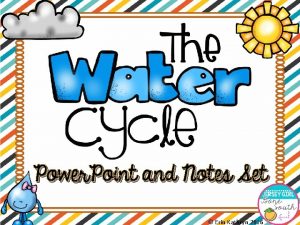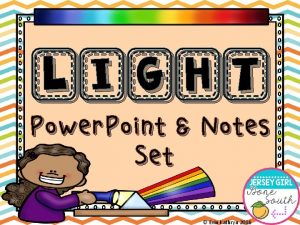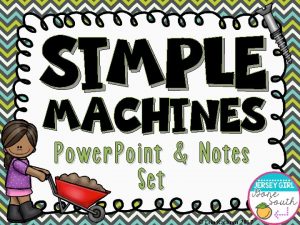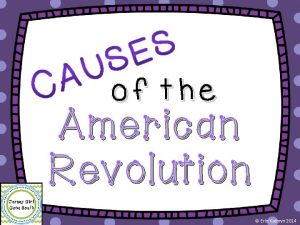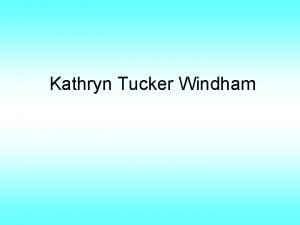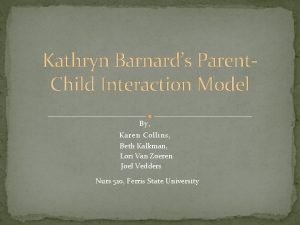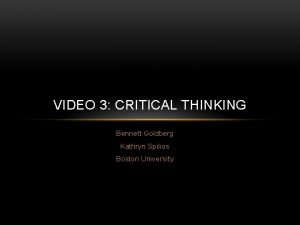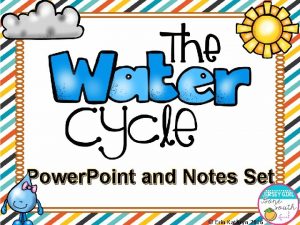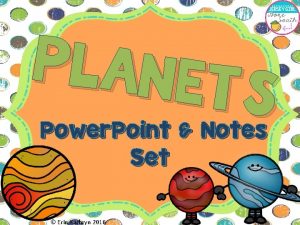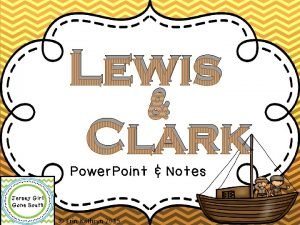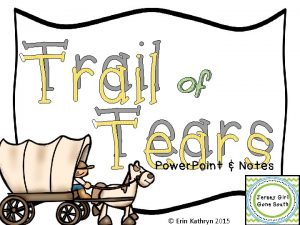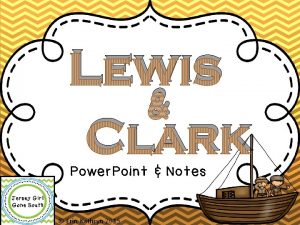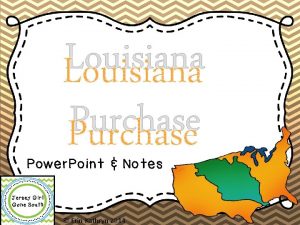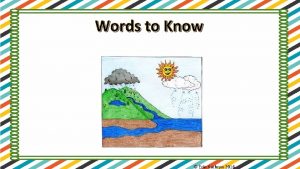LIGHT Power Point Notes Set Erin Kathryn 2016



















- Slides: 19

LIGHT Power. Point & Notes Set © Erin Kathryn 2016

What is light? • Light is a kind of energy that you can see. • Light moves in waves. • Most objects do not give off their own light. • We see objects because light waves hit the object and bounce off of it. © Erin Kathryn 2016

What is light? • Light waves travel in a straight path called a ray. • When passing through different materials, light waves can bend or turn. © Erin Kathryn 2016

Natural vs Manmade NATURAL • • • sun stars match fire lightning lava MANMADE • • • lightbulb headlights flashlight streetlight computer screen © Erin Kathryn 2016

Light and Matter • Depending on the type of matter light passes through, light waves will do different things. • Objects are classified as being transparent, translucent, or opaque. © Erin Kathryn 2016

Transparent • You can see through objects that are transparent. • A transparent object lets all light pass through it. • For example, windows and water are transparent. © Erin Kathryn 2016

Translucent • You can partly see through objects that are translucent. • A translucent object lets some light pass through it. • For example, frosted glass and wax paper are translucent. © Erin Kathryn 2016

Opaque • You cannot see through objects that are opaque. • An opaque object lets no light pass through it. • For example, walls and people are opaque. © Erin Kathryn 2016

Shadows • Shadows are created when light hits an opaque object. • Some light waves hit the object and some are blocked by the object. • A shadow is a place where light does not strike. © Erin Kathryn 2016

Reflected Light • Light waves move in straight lines (rays), but they change direction when they hit something. • Light waves bounce, or reflect, off most objects. © Erin Kathryn 2016

Reflection • If an object is smooth and shiny, the light waves bounce off in one direction. • If an object is not smooth, light waves bounce back in many directions. © Erin Kathryn 2016

Refraction • Light waves refract, or bend, when they move from air to water. • Refracted light makes things look bent or broken. © Erin Kathryn 2016

Lenses • A lens is an object that refracts light. • Lenses are curved transparent objects that bend light waves. © Erin Kathryn 2016

Convex Lens • A convex lens is a curved lens that makes objects appear bigger. • Convex lenses are used in telescopes and magnifying classes. © Erin Kathryn 2016

Concave Lens • A concave lens is a curved lens that makes objects appear smaller and farther away. • Concave lenses are used in car side mirrors. © Erin Kathryn 2016

What is Color? • When light hits an object, the color of the light affects the way you see the object. • White light – all the colors of the rainbow © Erin Kathryn 2016

Prisms • A prism is a piece of glass or other transparent material that is shaped like a triangle. • Prisms break white light into all the colors of the rainbow. © Erin Kathryn 2016

Rainbows • When it is raining, you can sometimes see a rainbow. • Rainbows occur because raindrops act like prisms. • They break white light into the colors, which forms a rainbow. © Erin Kathryn 2016

How Do We See Colors? • Light shines on an object. • The object absorbs, or takes in, some of the light waves. • The object absorbs and reflects colors. • You do not see the absorbed colors, you only see the reflected colors. All colors, but yellow, are absorbed. Yellow is reflected. © Erin Kathryn 2016
 Erin kathryn 2016
Erin kathryn 2016 Erin kathryn 2016
Erin kathryn 2016 Erin kathryn 2017
Erin kathryn 2017 Erin kathryn 2014
Erin kathryn 2014 Total set awareness set consideration set
Total set awareness set consideration set Training set validation set test set
Training set validation set test set Light light light chapter 23
Light light light chapter 23 Light light light chapter 22
Light light light chapter 22 Light light light chapter 22
Light light light chapter 22 Real power formula
Real power formula Informsu
Informsu Point point power
Point point power Kathryn dao md
Kathryn dao md Kathryn coleman cms
Kathryn coleman cms Capacoola
Capacoola Maha diagnosis
Maha diagnosis Kathryn gingras
Kathryn gingras Callan windham
Callan windham Kathryn e bernard
Kathryn e bernard Kathryn spilios
Kathryn spilios
